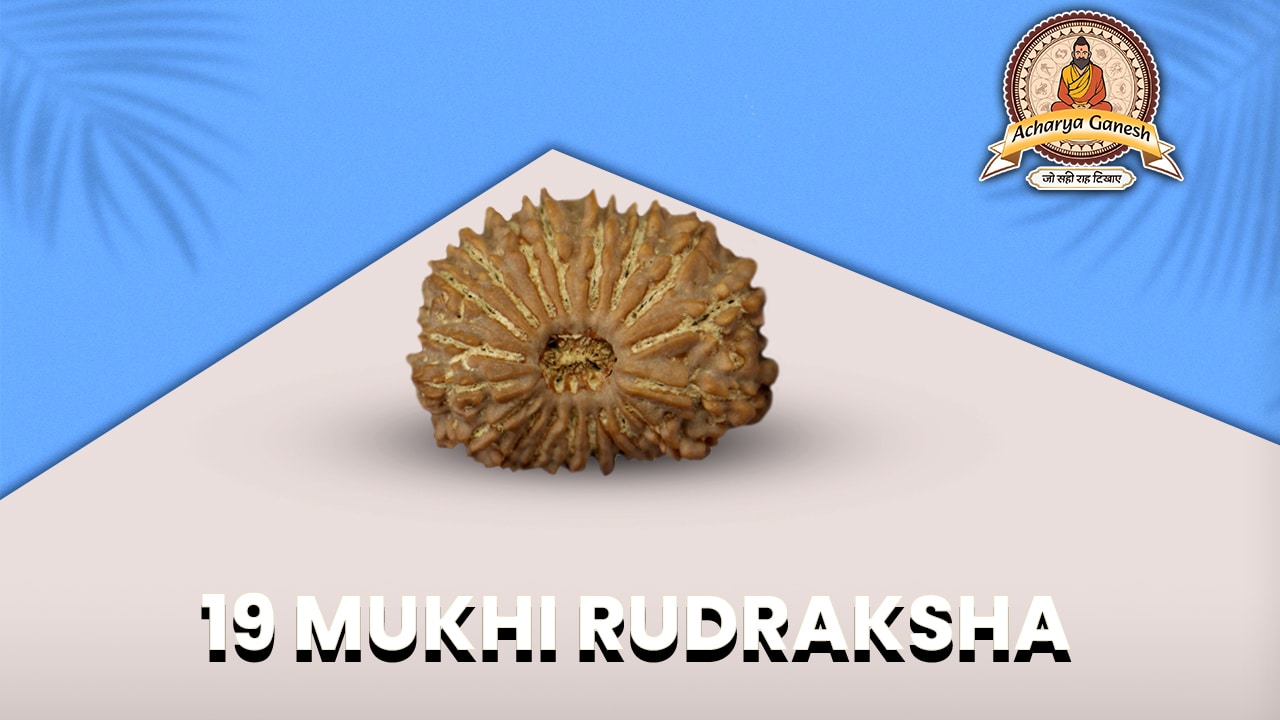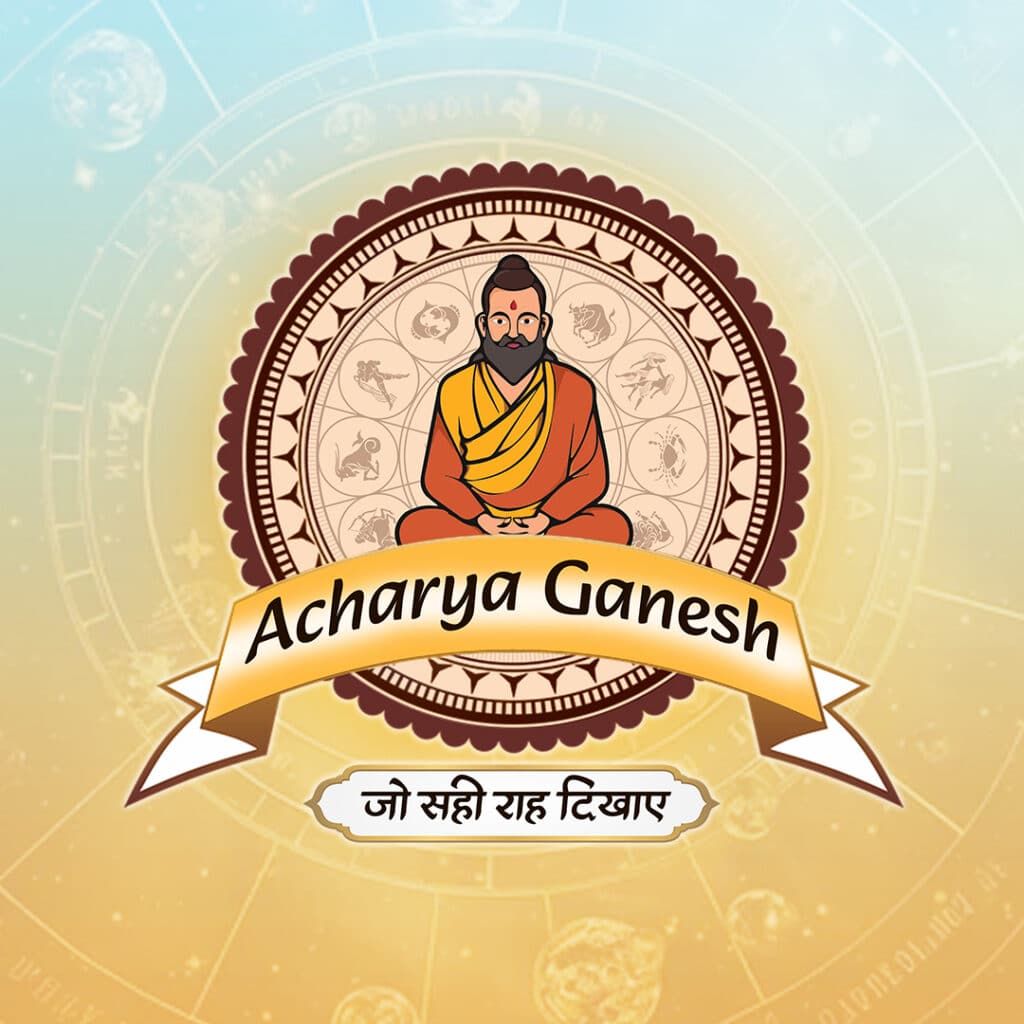Table of Contents
ToggleIntroduction to Rameswaram Dham
Rameswaram Dham / Rameswaram Temple is located on the Pamban island of Tamil Nadu in the South of India. Rameshwaram signifies the Lord of Ram.
Rameswaram history about the Rameswaram dham / Rameswaram Temple is associated with the epic Ramayana. Rameswaram Temple holds a special religious and spiritual significance in the Hindu religion.
Lord Ram, after defeating the demon King Ravana of Lanka, on his way back to Ayodhya wished to worship Lord Shiva at the place where the present Rameswaram dham / Rameswaram Temple is located.
Lord Ram asked Hanuman to bring a Shivling from Mount Kailash. Meanwhile, Goddess Sita made a Shivling out of sand it was getting late. Shivalinga made by Goddess Sita was installed there and came to be known as Rameshwaram Jyotirlinga, one of the 12 Jyotirlingas in India.
Later, Lord Hanuman brought Shiva Linga from Mount Kailash which was also installed nearby and is known as Vishwalinga.
Historical and Mythological Background:

According to the Rameswaram history or the History of Rameshwaram Jyotirlinga, the ancient temple continued to be worshiped, however, the present Rameswaram Temple Jyotirlinga, the Rameshwaram Temple, was reconstructed during the reign of Pandya dynasty in 12th Century AD.
If we discuss a brief history of Rameswaram, including key historical events and its role in Indian mythology, we find that the contributions of Lord Hanuman are remarkable.
As per the Rameswaram mythology, the legend goes that after killing Ravana, the King of Lanka, Ram was driven by intense passion to worship Lord Shiva. Lord Rama asked Hanuman, to bring a Shiva Linga from Mount Kailash for consecration at Rameswaram.
The Shivalinga made by Goddess Sita was installed and is worshiped as Rameswaram Jyotirlinga.
Mythological Significance Rameswaram:
As per mythology and Rameswaram legends, Hanuman immediately went to bring Rameshwaram Jyotirlinga, but it took a long time.
Mythological Significance Rameswaram Dham gets highlighted by the prompt action of Goddess Sita in making Shivalinga from sand at Rameshwaram.
Rameswaram’s history is resplendent with innumerable episodes reflecting Lord Rama’s prowess, valor and bravery, display of sharp acumen and alacrity, meticulous planning, and perfect execution of schemes and plans, despite meager resources at hand. Rameswaram’s history guides the pilgrims to endeavor to adhere to the path shown.
Rameswaram History, Rameswaram Mythology, and Rameswaram Legends have all proved to be a sort of anchor, binding the masses to tread on the streaks of righteousness.
Rameswaram Location:
The Rameswaram temple is located in the State of Tamil Nadu. Dhanushkodi near Rameswaram in India and Talaimannar in Sri Lanka, are separated by the Palk Strait.
As per Rameswaram Mythology, Rama together with his Vanar(Monkey) Sena(Army) built the bridge between Pamban Island, Rameswaram, and Mannar Island in Sri Lanka, over the sea by using floating stones.
Key Attractions and Features:
Rameshwaram Jyotirlinga Temple-An Architectural Marvel:
Ramanathaswamy temple or Rameshwar or Rameshwaram, is an architectural marvel that has a vast expanse in the peaceful and serene locale of the coast of the Bay of Bengal.
The picturesque site is the most sought-after destination for nature lovers as well, who get enchanted by the surging waves of the sea that tempt them to bask in the sun on the Rameswaram beach for a while.
Rameswara Dham was artistically and meticulously built in the 11th or 12 century. King Chinna Udayar Sethupati and Vaishya residents of Nagoor built the temple in the 15th century which was further renovated in the 16th- 18th centuries.
Rameshwaram temple is one of the char dams in India. The other three are the Badrinath Dham, Dwarka, and Puri Dham. All four Dhams are located at cardinal positions covering all four directions – Puri Dham in the East, Dwarka Dham in the West, Badrinath Dham in the North, and Rameswaram Dham in the South.
The long corridors, pillars, and walls of Rameswaram temple are full of marvelous engravings that depict the legendary tales. The 2nd corridor of Rameshwar Jyotirlinga has 108 Shiva Lingams and a magnificent statue of Lord Ganpati.
A total of 1212 beautifully carved granite pillars & 23 feet high, add grace and grandeur to the imposing corridors which are 1220 meters long. The 17.5-foot-tall Nandi bull idol is alluring.
The remarkable feature of Rameshwaram Temple Architecture is that 22 Theerthams(Kunds) or holy water wells have been constructed inside the temple that provide opportunities for the devotees to absolve themselves of any sins by bathing there.
Inside the Rameshwar Mandir devotees worship idols of other deities viz.- Goddess Vishalakshi, Parvathavardhini, Lord Vinayak, Lord Subrahmanya.
Rameshwaram Jyotirlinga’s Nearby Places and Other Tourist Attractions:
Nearby places or tourist attractions are- Dhanushkodi, Pamban Bridge, and Kalam National Memorial. Floating rocks are nearby to Rameshwaram Ramanathaswamy temple roughly at a distance of 2 km.
Ramanathaswamy temple’s nearby Temples include:-
Saatchi Hanuman Temple: The legend has it that Lord Hanuman handed over Goddess Sita’s jewels to Lord Rama. It is at a distance of about 3 km from Rameshwaram Ramanathaswamy temple.
Panchamukha Hanuman Temple: A temple where 5 faced idols of Lord Hanuman is covered in vermillion.
Badrakaliamman Temple: Badrakaliamman temple is dedicated to Goddess Durga. It is at a distance of approximately 2 km from Rameshwaram Jyotirlinga.
Nambu Nayaki Amman Temple: It is stated to have been built in the 14th century AD. It is at a distance of approximately 8 km from Shri Rameshwar Mandir.
Kothandaramaswamy Temple: The legend has it that after defeating Ravana, here Lord Rama the coronation of Vibhishana, the brother of Ravana. It is at an approximate distance of 12 km from Rameshwaram Shiva Temple.
Rameshwaram Temple Timings for Rameshwaram Temple Darshan:
Rameshwaram Temple Timings or the Rameshwaram Jyotirlinga Temple Timings for Darshan are-
Rameswaram Temple visiting hours for Morning Darshan: 5:00 am to 1:00 pm;
Rameswaram Temple visiting hours for Evening Darshan: 3:00 pm to 9:00 pm.
During Marghazhi (Margashrisha ) the temple opens early at 4:00 am.
Spatika linga darshan( Linga of Gemstones): from 5:00 am to 6:00 am.
Baths in 22 wells: from 6:00 to 7:00 am.
Abhishekam Pooja: from 7:00 am to 6:00 pm.
Pilgrimage Experience:
As far as the Best Time to Visit Rameswaram is concerned, it is during September- October to March -April. Pilgrimage to Rameshwaram temple or Ramanathaswamy temple transcends pilgrims from the realms of materialism to spirituality.
The Pooja rituals, the aesthetically carved engravings on the walls, the imposing corridors of the Ramanathaswamy temple, and the majestic pillars, evoke interest in rich religious culture and traditions.
The chanting of bells, the chants of hymns and mantras and the pooja rituals are so engrossing that for a certain period, till the time pilgrims remain in the premises of the Ramanathaswamy temple and thereafter, they tend to keep their worries aside.
The lush green scenic beauty offered by flora welcomes the pilgrims in their fold with open arms. Restless coastal winds breeze past, as if, they had been your bosom friends for years. Pilgrims too, start enjoying their innocent pranks, as they dare sway their locks off and on.
The devotees, if interested in elaborate Poojas have the option to perform the following poojas:-
Somvara pooja -every Monday;
Dhakshina Moorthy pooja – every Thursday
Ambal procession inside the 3rd corridor– every Friday
Navagriha Pooja – every Saturday
Besides, the above poojas the pilgrims also have the option to perform 108 or 1008 silver kalasha abishegam & 1008 Sangabishegam, and ambal Gold car procession etc.
Travel Tips:
Ritual at Ramanathaswamy temple involves bathing in the sea and then taking a holy dip in the 22 theerthams in the temple. Women pilgrims need to worship deities, wearing either Sari or Churidars. Both men and women are not permitted to worship in the temple in jeans and T-shirts.
The nearest Airport to Rameshwaram Jyotirlinga or the Rameshwaram Jyotirlinga nearest Airport is Madurai. Rameshwaram Temple Distance from Madurai International Airport is about 180 kms.
Rameshwaram Jyotirlinga Nearest Railway Station is the Rameshwaram Railway Station (RMM) which is about 1 km from the Rameshwaram temple. The bus stand of Rameshwaram is about 2 kms away from the Rameshwaram Temple.
Pilgrims have the option to go from Delhi to Chennai (2206 km) and further from Chennai Egmore station to Rameshwaram by a connecting train. Madras to Rameshwaram Distance is approximately 584 kms which takes about 10 to 11 hr. Train No-22661- Rameswaram SF Express between Chennai Egmore to Rameswaram RMM takes about 09 hr 28 minutes.
Astrological Insights:
Vedic Astrology takes into account the minutest of details while suggesting the auspicious dates for travel in a particular direction. The parameters on which Vedic astrology focuses include:-
Vaar (Day), Tithi & Karana(Lunar date) & , Nakshatra(Lunar constellations), Yoga (Time classification) & Muhurat (Auspicious time).
Travel during Hast, Ashwinin, Pushya, Margshirsha, Revathi, Anuradha, Punarvasu, Shravan and Ghanishtha is considered auspicious.
Travel to South in the Purvabhadrapad Nakshatra is to be avoided.
Auspicious time to travel to Rameswaram Temple:
Travel between New Moon and Full Moon days i.e. 2nd, 3rd, 5th, 7th, 10th,11th & 13th lunar days is considered auspicious for undertaking long journeys.
In case Vishti Karana is present, travel must be avoided. As regards the Best Times to visit Rameswaram Dham according to Astrology, it can be said that the pilgrims should avoid traveling to the South on Thursdays.
Certain Yogas are not beneficial for undertaking travel as such, and, therefore, should be avoided. The following Yogas must be avoided:- Vyatipaat, Mrityu, Dagadh, Kakrach, Samvartak, Hutasan, Vish and Yamghant.
Pilgrims, in earlier times used to attach great importance to Tithis, yoga, Vaar and Nakshatra before undertaking a journey or pilgrimage to Puri Dham in the East, Dwarka Dham in the West, Badrinath Dham in the North and Rameswaram Dham in the South. All these aspects under the Vedic Astrology are relevant and carry much weight in being successful in the mission be it- business, corporate, sightseeing or pilgrimage.
In Hindu religion, culture and tradition, prime importance is laid on companionship(Saanidhya and Sangat). Pilgrimage to Rameswaram provides a psychologically and astrologically conducive atmosphere to rein in the mind on the path of righteousness.
To know the finer details about the influence on the respective zodiac signs of the pilgrims, it is always beneficial to discuss with stalwarts of Vedic Astrology.
Rameswaram Dham pilgrimage is instrumental in bringing personal transformation. The pilgrims who value, Hindu culture and traditions are by default, very receptive and poised. Pilgrimage to Rameswaram Dham has deep influence on pilgrims psyche and improves their personal abilities and qualities to a great extent. Spirituality is intertwined with zodiac signs.
For persons belonging to Aries zodiac sign, it is beneficial to visit Rameswaram Dham. Based on the lunar constellations, pilgrims belonging to other zodiac signs can avail consultations from renowned Astrologers so as to reap maximum advantages from their pilgrimage to Rameswaram Dham.
Conclusion
To sum up, it is worthwhile to recapitulate the salient pilgrimage points to Rameswaram. The best time to pay obeisance to Lord Shiva at Rameswaram Dham is from September to October to March and April, from the standpoint of climate and weather.
The consecration of Shivalinga at Rameshwaram Dham is associated with the epic Ramayana and, therefore, pilgrimage to Rameswaram Temple assumes great significance as Rama, the incarnation of Vishnu is highly revered and venerated amongst the Hindus.
Rameswaram Dham is a chapter of intrigue and curiosity as Lord Ram, with the help of Lord Hanuman and his army built the Ram Setu bridge over the Palk Strait in between Dhanushkodi near Rameswaram and Talaimannar in Sri Lanka. He invaded Ravana’s Kingdom to set free his wife Goddess Sita from the clutches of Ravana, the King of Lanka.
Devotees, thus, to derive optimum benefits of their pilgrimage to Rameswaram Temple must plan and book their railway or air tickets and also book good hotels or Dharamshalas to ensure comfortable boarding and lodging arrangements. Pilgrims get complete solace and tranquility at the lotus feet of the Lord Rama at Rameswaram Dham.
Services: Astro Vastu | Astrology | Match Making | Career Prediction | Vastu
Astrology Courses: Astrology Foundation Course | Lal Kitab Advanced Course | Workshop on Vastu | Nakshatra Simplified Course
Zodiac Sign 2024 Horoscope: Cancer Horoscope 2024 | Gemini Horoscope 2024 | Taurus Horoscope 2024 | Aries Horoscope 2024 | Sagittarius Horoscope 2024 | Scorpio Horoscope 2024 | Libra Horoscope 2024 | Pisces Horoscope 2024| Aquarius Horoscope 2024 | Capricorn Horoscope 2024 | Virgo Horoscope 2024| Leo Horoscope 2024
FAQs Of Rameswaram Dham
Q.1. What is the significance of Rameswaram Dham in Hindu pilgrimage?
Ans.1. Rameshwaram Jyotirlinga holds a special significance in Hindu mythology as Lord Rama, after conquering the demon King Ravana of Lanka established Jyotirlinga at Rameshwaram for worship, on his return journey to Ayodhya.
Q.2. What are the key historical and mythological aspects of Rameswaram?
Ans.2. Goddess Sita made Shivalinga from the sand of the sacred land of Rameshwar and the same was consecrated by Lord Rama at Rameswaram. The Shivalinga brought by Lord Hanuman from mount Kailash is also worshiped there as Vishwalinga.
Q.3. What are the major temples to visit in Rameswaram and their architectural features?
Ans.3. A few major temples in Rameswaram include–Saatchi Hanuman Temple; Panchamukha Hanuman Temple where 5 faced idol of Lord Hanuman is covered in vermillion.; Badrakaliamman Temple, dedicated to Goddess Durga. ;Nambu Nayaki Amman Temple built in 14th century AD. ; Kothandaramaswamy Temple where Lord Rama did the coronation Vibhishana, the brother of Ravana. The temples in Rameswaram are built in Dravidian style of architecture.
Q.4.What rituals and pujas are performed at Rameswaram Dham?
Ans. 4 Rituals of Rameswaram temple include -Taking bath in the sea and followed by visiting temple and taking dip in 22 theerthams-the wells. Various Poojas and Abhishekams are performed while worshiping Lord Shiva.
Q.5. When is the best time to visit Rameswaram based on astrological factors?
Ans.5. The best time to visit Rameswaram, based on astrological factors, largely depends on individual zodiac signs and other parameters. From the angle of climate and weather, the best time to visit Rameswaram is during September- October to March -April.
Q.6. How can visiting Rameswaram influence one’s astrological chart and personal growth?
Ans.6. Rameswaram Dham, one of the sacred Char Dham is associated with Ramayana, one of the ancient epics. Pilgrimage to Rameswaram leave an indelible mark on the psychology and mind of the pilgrims and facilitate them in achieving their personal growth and development.








